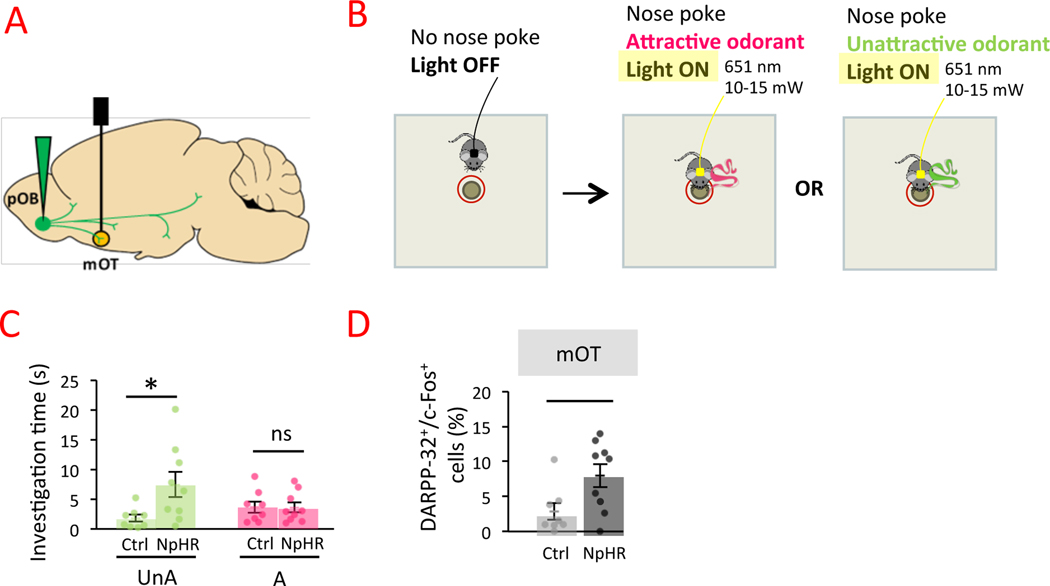Figure 4. Impact of pOB-mOT pathway activity on odor-driven attraction.
A. Injection of NpHR-EYFP (NpHR; n=9) or control virus (Ctrl; n=8) in the mitral cells layer of the pOB and optical fiber implantation in mOT. B. The bilateral continuous light stimulation was automatically triggered by mice nose poking within 1 cm zone around the odorized hole (attractive or unattractive odorants) and stopped automatically when nose poke stopped. C. Inhibition of pOB-mOT pathway activity increased mice attraction toward unattractive odorants (UnA; Bonferroni corrected Two-Tailed Mann-Whitney, W=12.000 p=0.047 Rank-Biserial Correlation=−0.667) but not toward attractive ones (A; Bonferroni corrected Two-Tailed Mann-Whitney, W=36.000 p=1 Rank-Biserial Correlation=0.000). Bars represent means of individual data points ± sem. D. The percentage of DARPP-32+ cells expressing c-Fos was higher in NpHR mice compared to Ctrl in mOT (Bonferroni corrected One-Tailed Mann-Whitney, W=13.500 p=0.034 Rank-Biserial Correlation=−0.625). Points represent individual data ± sem. *:p<0.05.

